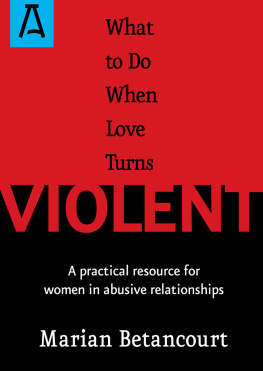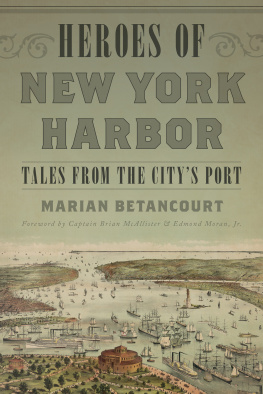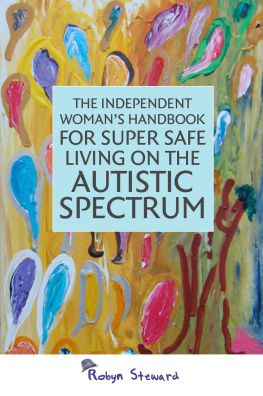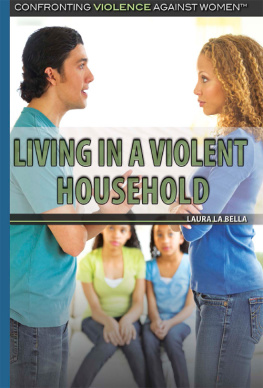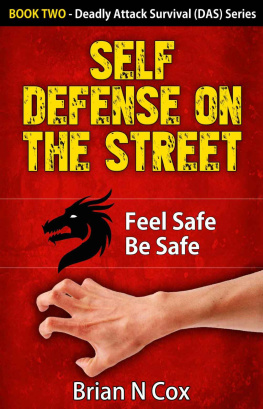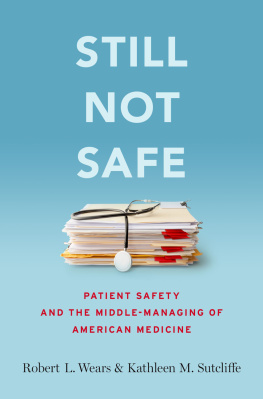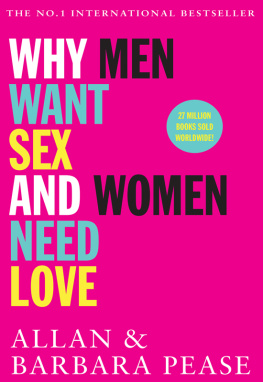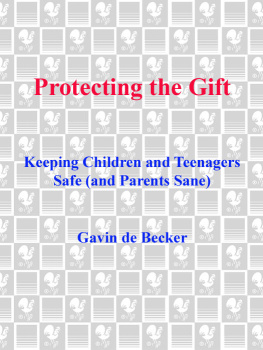PRAISE FOR
What to Do When Love Turns Violent
This may be the most important book of your life.
Dr. Robert McAfee, past president, American Medical Association
Possibly the single best resource
Jane E. Brody, The New York Times
What to Do When Love Turns Violent
A Practical Resource for Women in Abusive Relationships
Marian Betancourt
All rights reserved, including without limitation the right to reproduce this ebook or any portion thereof in any form or by any means, whether electronic or mechanical, now known or hereinafter invented, without the express written permission of the publisher.
Copyright 1997, 2009 by Marian Betancourt
ISBN: 978-1-5040-3678-8
Distributed in 2016 by Open Road Distribution
180 Maiden Lane
New York, NY 10038
www.openroadmedia.com

What to Do When Love Turns Violent
A Practical Resource for Women in Abusive Relationships
PERMISSIONS
Barbara Hart, Legal Director, Pennsylvania Coalition Against Domestic Violence. Permission to quote from Safety Planning for Children: Strategizing for Unsupervised Visitation with Batterers.
This book is dedicated to the hope that one day we can all live and love without violence.
It is further dedicated to the people across the nation who are committed to changing our societys response to domestic violence.
And, as always, it is for my children and my grandchildren.
AUTHORS NOTE
In the 15 years since this book was originally published, there has been a growing awareness of the importance of strengthening laws about domestic abuse. There has also been enormous change in technology and we now take photographs with cell phones and law enforcement and medical records are electronic. The personnel and contact information for some of the organizations mentioned in the book may have changed, but the message of this book is as relevant today as it was in 1997 when The New York Times called it the most important single resource.
ACKNOWLEDGMENTS
Many people gave generously and enthusiastically of their time and expertise because they believe in the need for this book. It is impossible to acknowledge each one, but I especially want to thank Deirdre Bialo-Padin, the former first deputy bureau chief, Domestic Violence Bureau of the Brooklyn district attorneys office in New York City; the domestic relations attorney Rose Ann Branda; the domestic violence police officer Linda Lepore and Detective Connie Turno of the 68th Precinct, NYPD; Barbara Anselmo of Victim Services; Edmund Stubbing, director, Police Programs, Victim Services, and his staff.
In addition, for sharing their knowledge and locating information for my research, I want to thank all of the state domestic violence coalitions. Thanks also to Bonnie J. Campells staff at the Violence Against Women Office of the U.S. Department of Justice; the AARP Womens Initiative; Debra Seeley Romero of the New Mexico Domestic Violence Legal HELPline; Mary Jane Friscia; and Cathy Colette of the American Federation of State, County, and Municipal Employees. Also, thanks to the Commonwealth Fund Commission on Womens Health.
INTRODUCTION
Now that the law has acknowledged that a mans violence against his wife or lover is a criminal act rather than a private matter, the response to women in abusive relationships is beginning to change. The police, the courts, hospitals, and the workplace can all provide help for women who need it. And while the response to domestic violence varies from one community to the next, all states and municipalities have networks of domestic violence advocates who can help you.
We still read news stories daily about women killed by former lovers or husbands despite having protective orders from the courts. But who was watching out for these women while the men were free on bail? Were there networks of people who knew how to protect her? How does a dangerous man walk into an office and kill his wife without arousing suspicion of the hundred other employees in the office? Did these women have safety plans to defend themselves? We cannot do it alone. We must tell people about the abuse and ask for help.
What to Do When Love Turns Violent is a nuts-and-bolts book for women who want to know how to protect themselves and get away from the violence as safely as possible. In this book you can find out how to seek protection through law enforcement and the justice system, how the health care system can help, and where to go with questions. It will give you information to help you make the right choices.
Women of all backgrounds and ages are hurt by domestic violence despite the misconception that it affects only poor and uneducated women. A study of police responses revealed that there were just as many domestic disturbance calls to police in Montgomery County, Marylanda mostly white, upper-class suburb of Washington, D.C.as there were in the same period in Harlema poor, mostly minority area of New York City.
In a northeastern middle-class neighborhood, a woman drove up to the police station in her Mercedes wearing only her nightgown. She was covered with blood because her husband, a prominent physician, had beaten her up with a tennis racket to such an extent that he had broken her nose, knocked out several teeth, blackened her eyes, punctured an eardrum, and broken her arm. The women was finally able to run from the house and drive to the police station.
Older women, too, are thought to be safe from domestic violence. Nothing could be further from the truth. In Massachusetts in the first half of 1995, five women over fifty were killed by spouses, and in 1994 the average age of battered women over sixty assaulted by their intimate partners in that state was seventy-seven. In Florida, a state with a large population of retirees, the governors task force on domestic violence found that 71 percent of elderly victims of domestic violence crimes are abused by a spouse or intimate partner.
Some women find that once their husbands are retired, no longer able to vent their aggressions on the job or elsewhere, they become violent in the home. This late onset of violence is not unusual. In the summer of 1996, for example, an eighty-one-year-old actor who played a lovable old codger in a popular TV series was arrested in California for beating up his wife after an argument at a party. His wife was seventy-seven.
This book also tries to address the special problems of women in rural areas, where the danger from domestic violence is magnified by isolation and lack of transportation. The Rural Task Force of the National Coalition Against Domestic Violence found that in areas with small populations, where everybody knows everybody, people were less willing to call for help because the sheriff just might be the abusive mans brother. The Task Force is developing ways to help women in rural areas.
Most of the domestic violence in this country is perpetrated by men, and we use the word he throughout the book when talking about the abuser. While the woman is the violent partner in a tiny percentage of relationships (including lesbian relationships), it would be confusing and awkward to use the words he or she throughout the text.
The suggestions and ideas in this book are meant as a guide, and you must always evaluate your own situation and find out exactly what help is available where you are. But wherever you are, there is help. Just make that first call.

